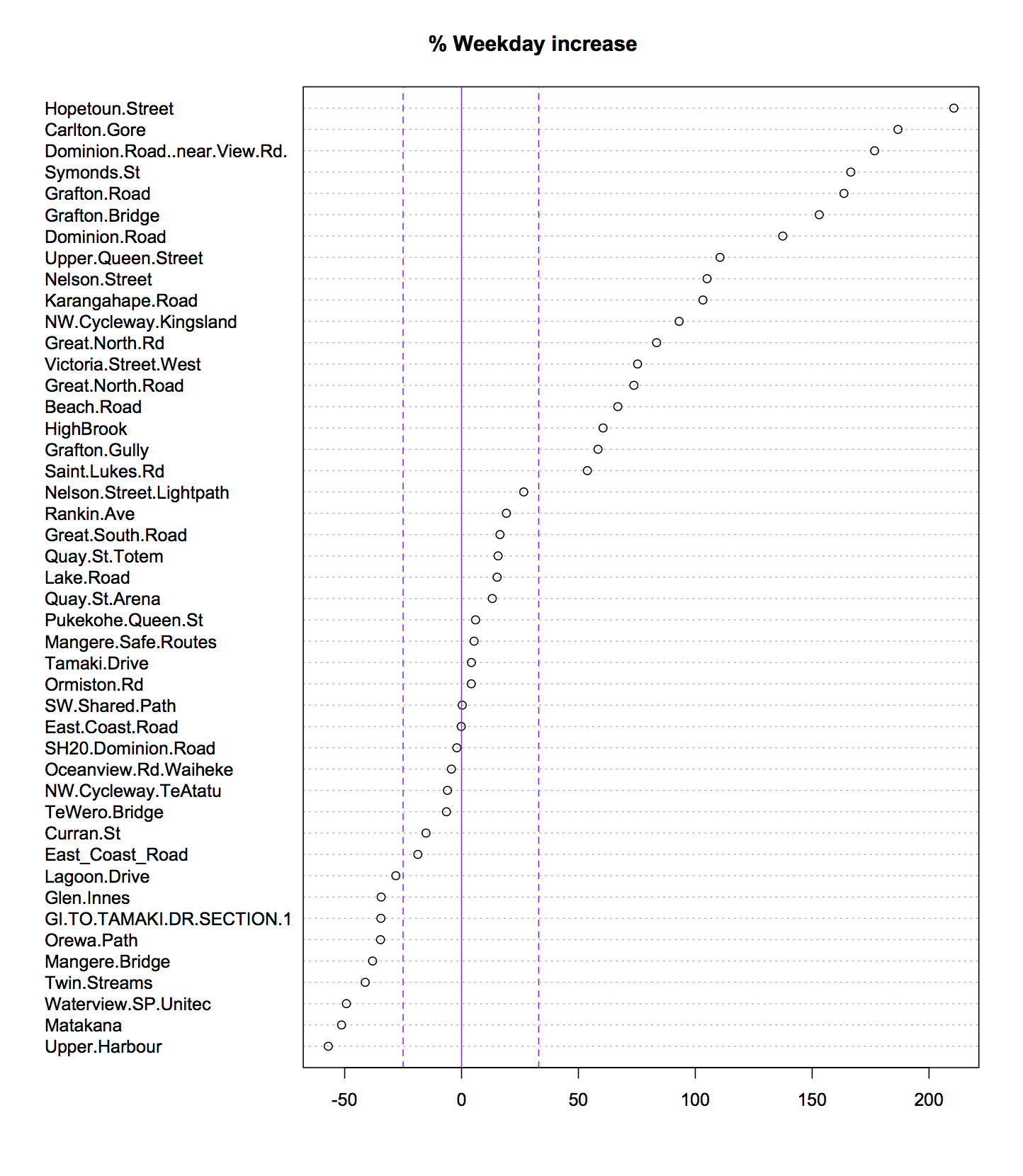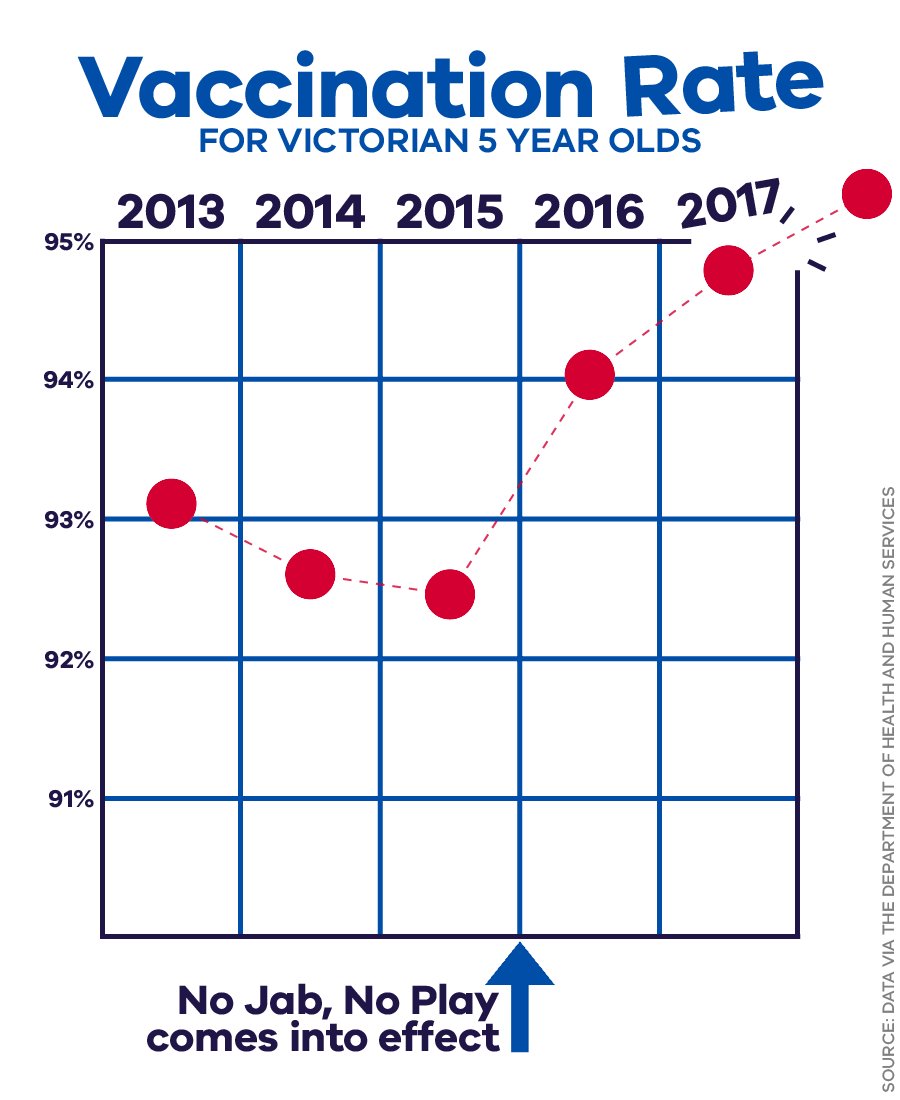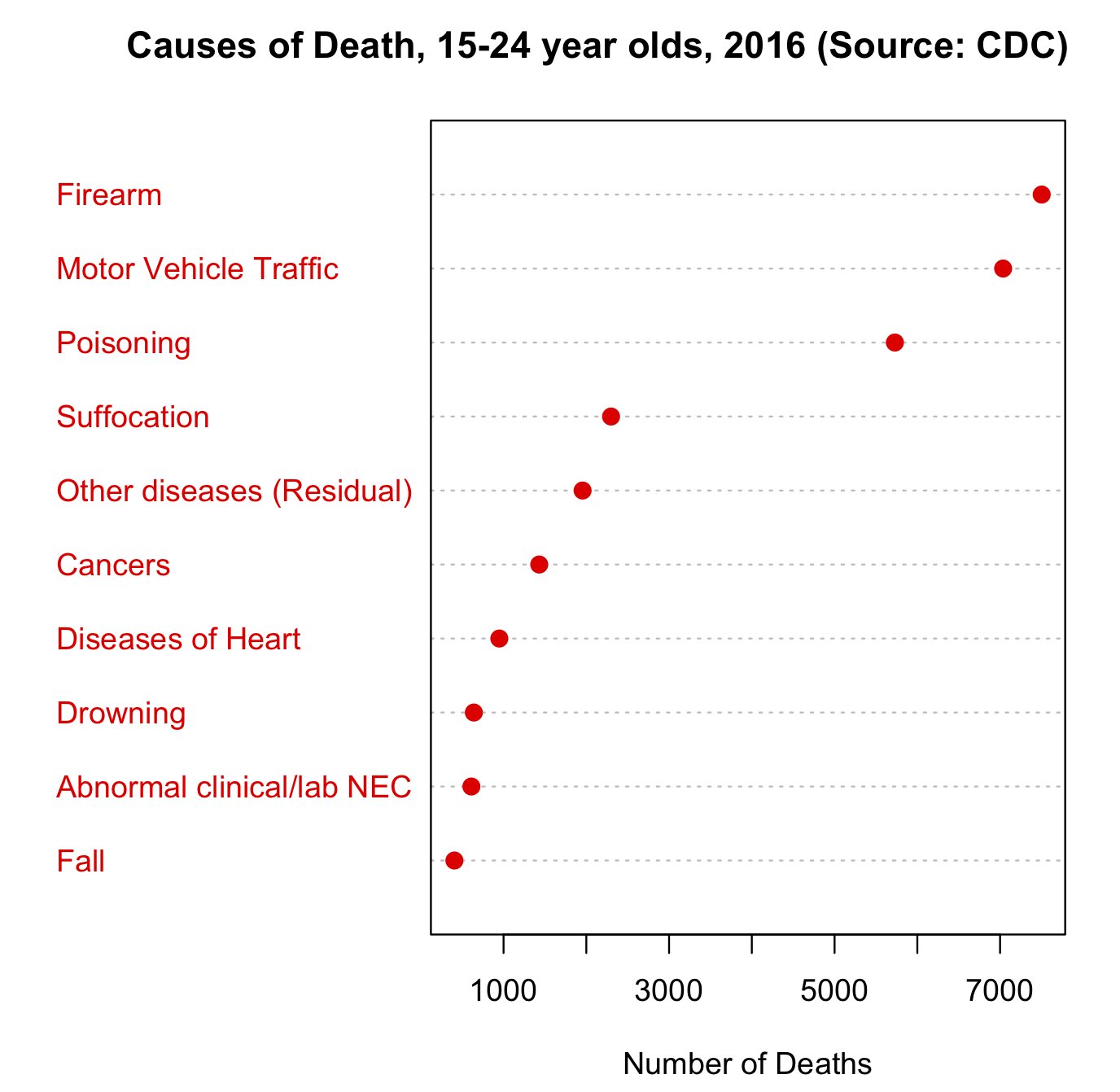This is starting to look like a series. The Herald today has Warning: Doomsday asteroid taller than Empire State building cannot be stopped by Nasa. They go on to say
The consequences would be “dire” experts have warned, and the asteroid has sparked fears that it could even wipe out life for good.
Stuff has the less-exciting headline Nasa draws up plans for huge eight-ton spacecraft to blow up doomsday asteroid. You might be able to guess which one is more accurate.
If you follow the link from the Herald to the Daily Mail, and then from the Daily Mail to the scientific research paper, and then get past the paywall, you find the research is about the best ways to handle an asteroid like this one if it turns out to be a threat. As the Stuff story says, the scientists think they could manage a deflection given enough notice; with less warning than that they might need to blow it up with a big nuke.
So, how much warning do we have? The Herald says
Based on observational data, Bennu has a 1 in 2,700-chance of striking Earth on Sept. 25, 2135.
That’s quite a long time in the future — if scientists think they’ve got a good chance of deflecting it even with today’s technology, we should be ok even without Bruce Willis.
That’s if we believe the numbers in the story. Let’s check them. The research paper points to a lovely website from NASA that lists all the object we know about that could get scarily close to Earth at some point in the future. Here’s their entry for Doomsday Asteroid 101955 Bennu.
Bennu has a cumulative impact probability of 3.7×10-4, ie, 1/2,700. That’s added up over the entire foreseeable future. There are 78 potential impact dates listed. The first is 25th September 2175, with a probability of 4.1×10-5, or about 1/25,000. The remainder of the 1/2700 probability is spread over the following 25 years. So, the date is wrong, and the probability is misleading. Since it looks like the Daily Mail got the numbers from Buzzfeed, that’s a bit disappointing.
The NASA site also lists 101955 Bennu as -1.71 on the “Palermo scale.” The Palermo scale compares the risk of being hit by a specific asteroid over a period of time to the expected risk of being hit by all the other asteroids of the same size that we don’t know about yet. Bennu’s -1.71 means the risk from Bennu is 10-1.71 times lower than the background risk — about 50 times lower. Dealling with Bennu would lower our risk over the next couple of centuries for asteroids of that size by a few percent. It’s worth doing — but mostly as a test of the technology.
Also, it would be interesting to know who is actually afraid the asteroid “could wipe out life for good”. It’s presumably not the “experts” from earlier in the sentence: the impact is estimated as having the energy of a 1.15 gigaton explosion. That’s not something you want in your school zone, but it’s tiny compared to, say, the Taupo eruption roughly 2000 years ago. It’s about of the order of magnitude of the Tarawera explosion in 1886. An impact in the worst possible place — maybe on top of Shanghai — could kill a lot of people even with the best evacuation efforts but it wouldn’t wipe out industrial civilisation, let alone all life.
(hat tip: Mark Hanna)



 The second annual edition of the Ihaka Lecture Series has just ended, and we are, once again, delighted with the turnout and engagement, in person and online. Our final speaker was Alberto Cairo, right, Knight Chair in Visual Journalism at the University of Miami, whose lecture on the dubious uses of data was thought-provoking and a bit worrying.
The second annual edition of the Ihaka Lecture Series has just ended, and we are, once again, delighted with the turnout and engagement, in person and online. Our final speaker was Alberto Cairo, right, Knight Chair in Visual Journalism at the University of Miami, whose lecture on the dubious uses of data was thought-provoking and a bit worrying.